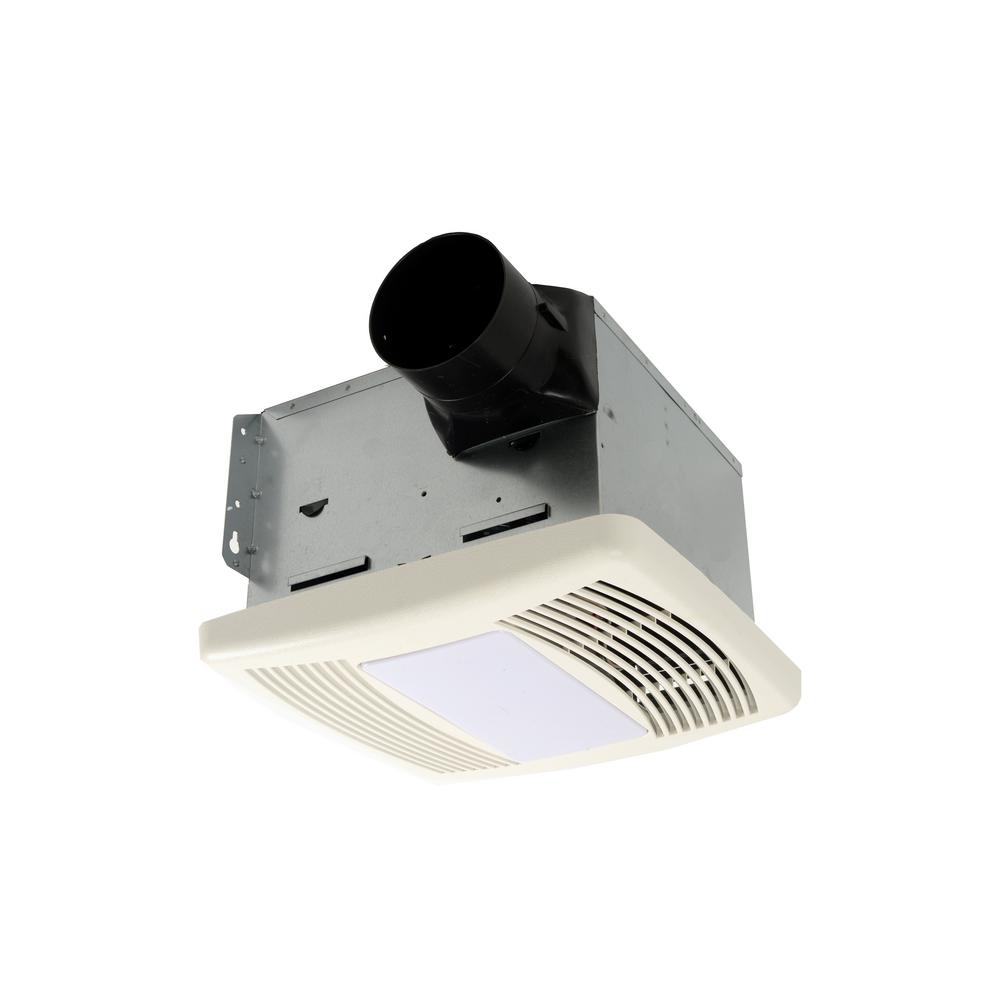
Plus, this ceiling fan is damp-rated, which makes it an excellent choice for areas with high moisture levels but are still protected from direct rain, including garages, breezeways, and screened-in lanais. The fan is metal with all-weather resistant ABS plastic blades with wooden textures, ensuring they’ll stand up to nature and won’t bend. It’s outfitted with five blades-available in either bronze matte or white finish-and features modern lines and a simple design aesthetic to compliment any outdoor decor. The Honeywell Belmar is a functional, no-frills outdoor ceiling fan that can be easily installed on any covered porch, patio, or outdoor balcony. It has a remote-control option, but it must be purchased separately. To come up with our picks for the best outdoor ceiling fans, we researched the category and considered each fan for factors such as size, number of blades, damp/wet rating, material, and other features. Whether you’re looking to cool a large outdoor pergola or want to increase air circulation on a small balcony, this list has plenty of options. “They can also help reduce energy costs by circulating the air and eliminating stagnant areas, so you don't have to rely as much on air conditioning.” “Outdoor ceiling fans help improve air circulation, making it cooler outside in the summertime and more comfortable to enjoy your outdoor space,” says Jason Farr, the CEO, and founder of Aviara Pavers, a design and outdoor living company headquartered in Escondido, California. While fire pits, outdoor kitchens, and cozy furniture can certainly make your patio or deck more enjoyable, a high-quality outdoor ceiling fan can help ensure it never becomes too hot or uncomfortable to enjoy, especially during the warmer months. Nevertheless, our EnergyGuide data shows that all Modern Fan products perform at the upper range of fans on the market.įurthermore, while DC motor fans are reaching new levels of efficiency, it’s important to remember that all ceiling fans (AC or DC motors) are inherently efficient and use very little electricity to begin with, especially when used to offset or reduce use of air conditioning.A beautiful outdoor living space can instantly make your home feel larger and more luxurious. It can be challenging to rely on the reported EnergyGuide information alone to determine how the airflow might feel in a given application. It is also important to recognize that in a real world installation, there are a number of variables that can affect air movement patterns and volume, including ceiling height, down rod length, room size/layout, furnishings and airflow direction. Please contact our customer support team with questions about performance data. Many websites continue to provide “high speed” performance data instead of the more current “weighted averages”, making for large discrepancies. Because the standardized test method and the EnergyGuide format has changed over the years (with significant impacts on resulting data), be sure to only compare information which has been published based on current test methods and EnergyGuide label format. They are based on results from a standardized test gathered in a controlled environment and are furnished to help consumers and specifiers compare products. These values are “weighted averages” of high and low speed performance and are intended to represent typical use.


Assumes typical use (excluding light).Ĭeiling fan manufacturers are required by federal law to publish an EnergyGuide label for all models in a standardized format, including watts used, cubic feet of air moved per minute (CFM), a resulting CFM per watt efficiency value and an estimated annual cost to use the product. Representing weighted averages of high speed and low speed performance based on DOE/FTC standardized reporting criteria. Based on DOE standardized test method (installed with 17″ down rod).


 0 kommentar(er)
0 kommentar(er)
